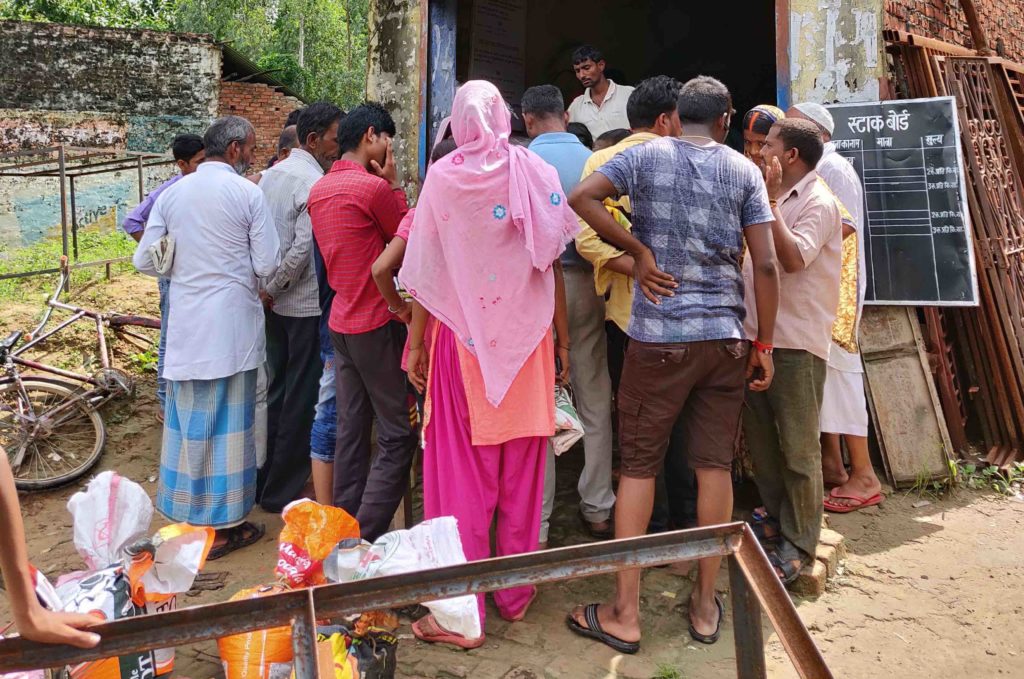A Case for Implementation Research in Food Fortification
The following commentary on“High Coverage and Low Utilization of the Double Fortified Salt Program in Uttar Pradesh, India: Implications for Program Implementation and Evaluation” was written by SISN’s Chief Information Officer, Mduduzi NN Mbuya and his colleague Shruthi Cyriac. The full article published in Current Developments in Nutrition can be read here.
Industrial fortification, adding nutrients to widely consumed staples and condiments during commercial processing, has proven efficacy. However, the bottlenecks in its implementation are often less understood. In a recent study, we used implementation research methods to elucidate critical insights into delivery of double fortified salt (DFS) with iodine and iron through the Public Distribution System and uptake by households in Uttar Pradesh (UP), India.
Having developed a program impact pathway alongside program implementation teams, we defined and measured the coverage cascade for the program. The central observation was that the DFS program had good coverage as indicated by 83% of respondents having heard of DFS and 74% having purchased it at least once. However, this did not translate to utilization as only 23% exclusively used DFS for all their salt needs. This was largely driven by low awareness of the benefits of DFS and perceptions of DFS as being of poor quality. Being in a lower household wealth quintile and being food insecure were significant drivers of DFS adherence.
The findings reveal three important implementation related lessons for the UP DFS program.
First, the need to refine the objects of implementation. Specifically, the study highlights a need to address quality concerns of users. DFS production is complex, with different formulations for iron compounds currently available. The UP program used a formulation that showed promise of addressing the discoloration problems faced in other DFS trials. However, as the program rolled out, DFS quality was compromised due to the high production costs, and a lack of quality assurance. Consequently, DFS users raised concerns about sensory changes in food, thereby limiting their regular use of the salt.
Second, a need to strengthen the process of implementation to mitigate against existing challenges. One approach is to raise awareness of the benefits of DFS. A separate sensory trial in New Delhi showed that a majority (>85%) of participants were willing to use DFS after learning about its benefits. Although improving product quality is paramount, an interim strategy could be to proactively inform users to anticipate sensory changes in food due to DFS, and create awareness about the reasons for these changes, such that they consider discoloration in food as a signal of nutritional value.
Finally, this study is illustrative of the value of unpacking the implementation process, and particularly the coverage cascade. In theory, fortification aims to be a simple and passive intervention. In reality, it involves long a pathway to impact, with a complex interplay of multiple factors. These include industry and market incentives, government oversight, business and delivery models, value chain and consumer decisions, and individuals’ potential to benefit from added nutrients. This calls for contextualized implementation research. Had we looked only at coverage (receipt of the nutrient enriched food) in the current study and not regularity of use, we would have reached different conclusions about the outcomes of implementation.


